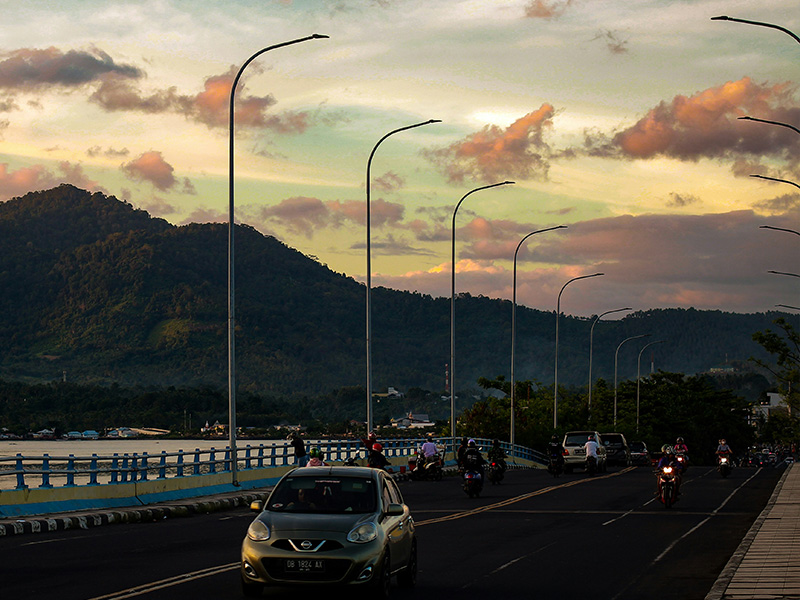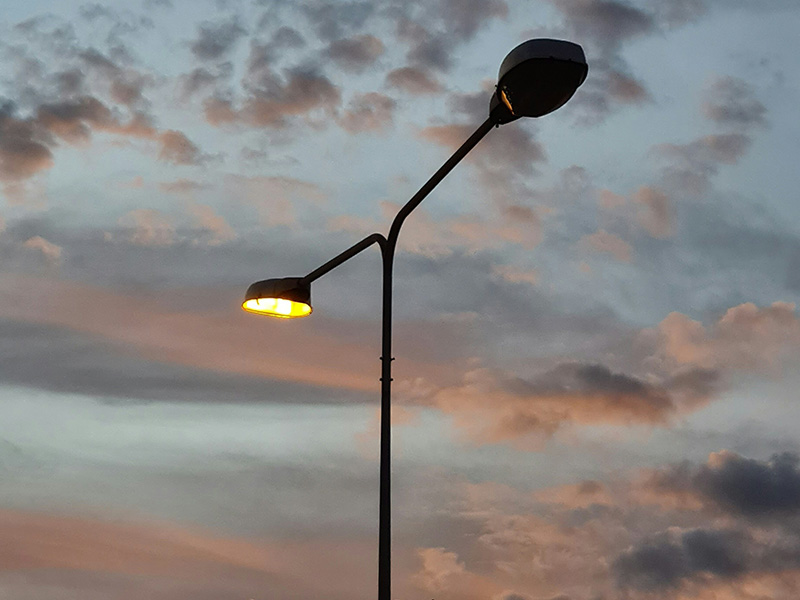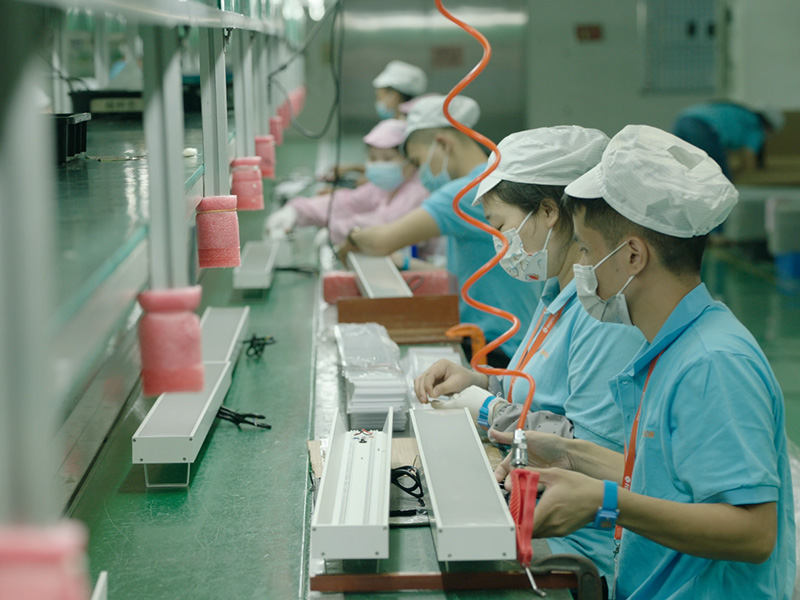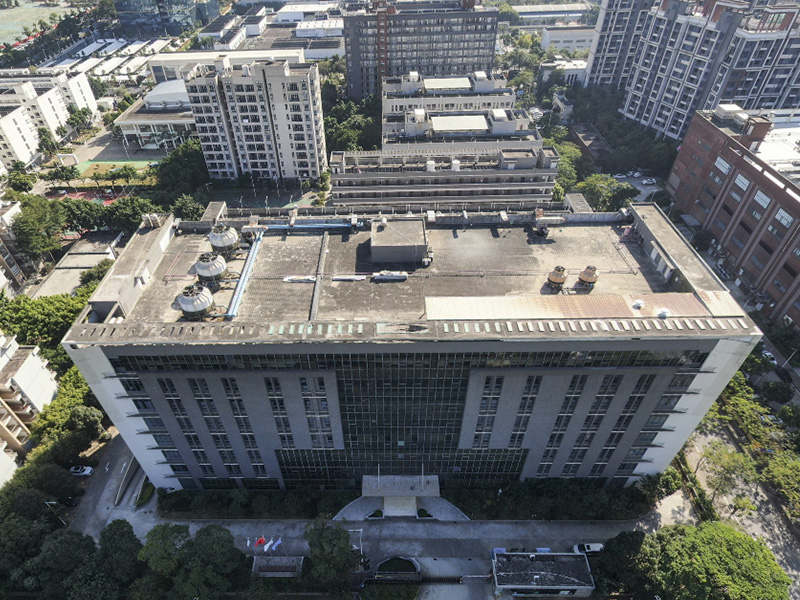Table of Contents
ToggleLight Pollution from LED Street Lights
The Hidden Threat to Sea Turtles
While the world grapples with the devastating effects of plastic pollution on oceans and marine life, another insidious threat looms over sea turtles long before they ever enter the water: light pollution.
The Problem with Street Light Pollution
Light pollution disrupts the natural nesting process of sea turtles. Female turtles instinctively seek out dark, quiet beaches to lay their eggs. However, increasing light pollution forces many turtles to abandon their nesting attempts or lay eggs in less safe environments, including the ocean.
If turtles do manage to nest, their hatchlings face a perilous journey to the sea. Hatchlings typically navigate using the natural light from the moon and stars reflecting on the water. But bright city street lights confuse them, leading them inland toward artificial lights. Many hatchlings perish from dehydration, predators, or traffic before reaching the ocean. The International Dark Sky Association reports millions of hatchlings die each year due to light pollution.
Our Solution to the Problem
Masonled, in collaboration with local partners and governments, developed LED street lights with limited wavelengths that don’t interfere with turtle nesting. These lights, tested by a university, use longer, reddish wavelengths, providing necessary illumination while allowing hatchlings to orient towards the ocean. The results were overwhelmingly positive, showing that longer wavelength LEDs help hatchlings reach the ocean safely.
Combating Light Pollution with Technology
Addressing light pollution doesn’t mean turning off all lights. Cities have traditionally used warm-colored lights, smaller fixtures, and shielded lamps to minimize light pollution. Now, smart sensing technology offers even more significant improvements. By remotely controlling and optimizing lighting based on local environmental needs, we can create a more responsible public lighting infrastructure.
The Role of Smart Sensing Technology
Smart technology enables cities to monitor environments efficiently, collect data, and analyze activities impacting the planet and society. This understanding allows cities to respond effectively to community and environmental needs. Innovative technology, such as radar and micro-sensing for controlled lighting, enhances light and energy management, mitigating negative impacts on natural, human, and environmental health.
Moving Forward with Smart Lighting Solutions
While turning off all city lights at night is impractical, advanced technology like dynamic lighting offers feasible solutions. Dynamic lighting keeps illumination at minimal levels when not needed, providing a positive impact on the nighttime environment.
Protecting nature and the environment doesn’t have to be complicated. With technological advances, cities can play a significant role in positive environmental change. We must act now to prevent the extinction of sea turtles and other species. Meaningful, impactful changes are within our reach.





